The music industry is changing. In 2024, more artists than ever are doing it alone, cutting ties with record labels and striking out as independent creators. With platforms like DistroKid and UnitedMasters, musicians can distribute their music globally at the click of a button. They no longer need gatekeepers, glossy deals, or the giant machinery of a record label to find an audience. But while the road to independence is wide open, it’s not without its bumps.

The Appeal of Independence.
For artists, the choice to go independent is a bold one. It offers creative freedom. No A&R man breathing down your neck about what’s marketable. No label executive scrapping your next release for something more “radio-friendly.” You call the shots. You keep the rights to your music. More importantly, you keep a bigger cut of the profits—at least in theory.
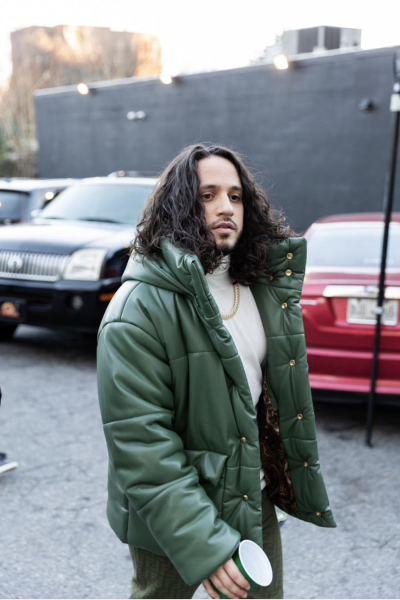
For many artists, the appeal of going independent is obvious. Rapper and producer Russ became a millionaire by self-releasing music through TuneCore, proving that you don’t need a major label to make serious money. He controls his masters, his publishing, and his marketing. It’s total freedom.
But independence comes with a price. Yes, the internet gives everyone access to tools that were once exclusive to major studios.
Anyone with a laptop can produce music, release it, and promote it.
But it’s not that simple. What DIY artists gain in control, they often lose in financial firepower.
Without the marketing clout of a major label, even the most talented artist can struggle to be heard above the noise. A slick TikTok video might go viral, but keeping an audience hooked is another matter.
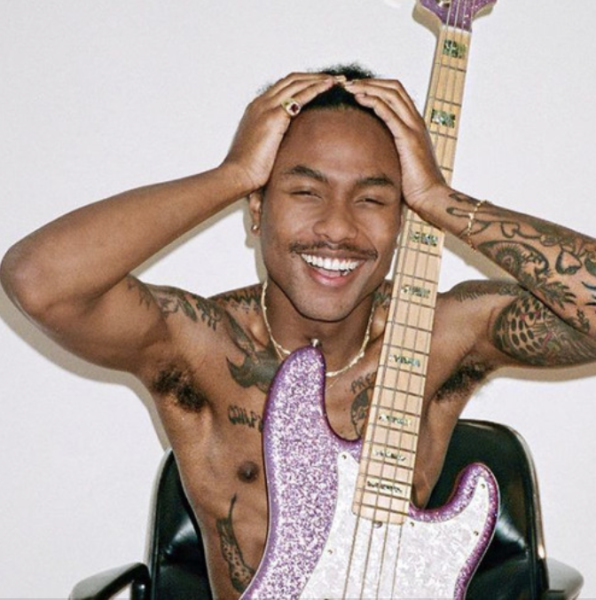
For artists like Steve Lacy, who began his career producing music on his iPhone, the independent route has proven immensely rewarding. Lacy’s album Gemini Rights saw massive success in 2022, powered by his unique sound and social media buzz. He initially built a following without the financial muscle of a major label, proving that talent and ingenuity can still lead to commercial success. However, Lacy eventually partnered with RCA Records, which helped him expand his reach.
Major labels still have the upper hand in some respects. When it comes to global tours, big-budget music videos, and radio airplay, they have the connections. They have the cash. And for every indie success story there are hundreds of indie artists scraping by.
Does that mean the labels will always win?
Not necessarily.
Independent artists can leverage platforms like TikTok to achieve viral success and significantly expand their audiences. The app’s unique algorithm allows even new creators to reach millions by sharing short, engaging content that resonates with users. For instance, Lil Nas X catapulted to fame with his hit “Old Town Road,” which gained traction on TikTok before topping charts worldwide. Similarly, artists like Doja Cat and Olivia Rodrigo have used TikTok as a launchpad for their careers, turning snippets of their songs into trends that drive streams and sales (Official Charts).
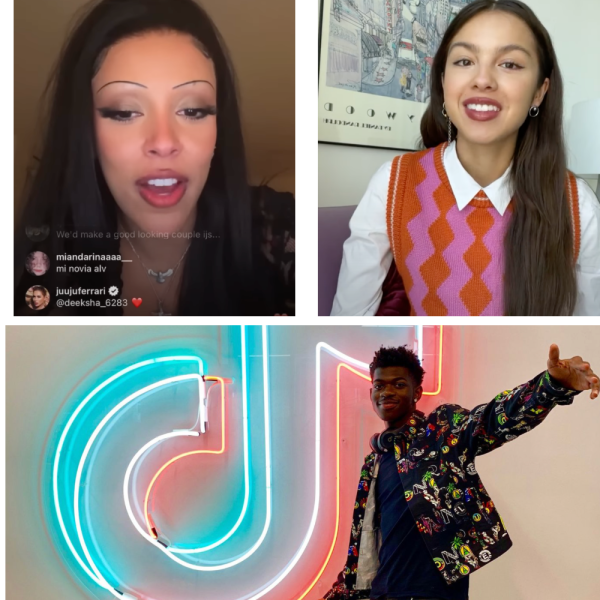
These platforms also foster a sense of community, enabling musicians to connect directly with fans and other artists, making it easier for indie musicians to build a loyal following.
Having a loyal fanbase provides independent artists with advantages that often surpass the benefits of a major label’s PR team. A committed audience can lead to steady streams, merchandise sales, and ticket purchases, ensuring a more reliable income stream than the short-lived attention typical of PR campaigns.
Moreover, a loyal fanbase provides a direct channel for communication, allowing artists to receive immediate feedback and tailor their content to their audience’s preferences, which is a luxury that major labels often overlook.
Ultimately, while major labels can offer exposure, the strength and loyalty of a fanbase can drive long-term success and creative freedom, allowing independent artists to thrive on their own terms.
So with the blend of creativity and social media savvy can turn unknown artists into household names almost overnight.
What Indie Music Brings to the Table.
Major label music companies aim to produce commercially viable music that appeals to large audiences, focusing on creating hits that dominate charts and generate substantial revenue.
By prioritizing artists with mass appeal and investing in extensive marketing campaigns, labels seek to maximize their return on investment.
This often involves identifying and capitalizing on emerging trends within popular genres like pop and hip-hop, using data analytics to predict hits.
Indie music adds a fresh mix to the music world, offering new sounds and real artistry that go against the mainstream. Independent artists focus on creativity and personal expression instead of just making money, which allows them to try out different styles and genres.
This has led to the rise of unique subgenres like bedroom pop and lo-fi hip-hop, which appeal to listeners looking for genuine and relatable music.
The indie scene also has a strong sense of community, where artists often work together and support each other, creating a space for artistic growth and exploration.
Indie music offers a wide range of storytelling that highlights voices and viewpoints that are often ignored.
Artists like Phoebe Bridgers  and Sufjan Stevens explore personal and social issues in ways that connect deeply with their listeners. Their authenticity and willingness to address tough topics create a richer experience for fans, making indie music a vital part of today’s music scene. This focus on real experiences and diverse perspectives is what makes indie music stand out and resonate with so many people.
and Sufjan Stevens explore personal and social issues in ways that connect deeply with their listeners. Their authenticity and willingness to address tough topics create a richer experience for fans, making indie music a vital part of today’s music scene. This focus on real experiences and diverse perspectives is what makes indie music stand out and resonate with so many people.
Its only growing.
In today’s world, labels must adapt. No longer can they rely on signing the next big star and locking them into ironclad contracts. They need to prove their worth in a world where artists can go straight to their fans. This means labels might evolve into service providers, offering marketing, distribution, and management as standalone services without demanding a piece of the artist’s soul—or catalog.
So, what does the future hold? Independence isn’t for everyone. It’s hard work. But for artists with drive, ingenuity, and a loyal fanbase, the DIY path might just be the way forward. The industry is shifting, and the question is no longer whether an artist can survive without a label—it’s whether the labels can survive without the artists.


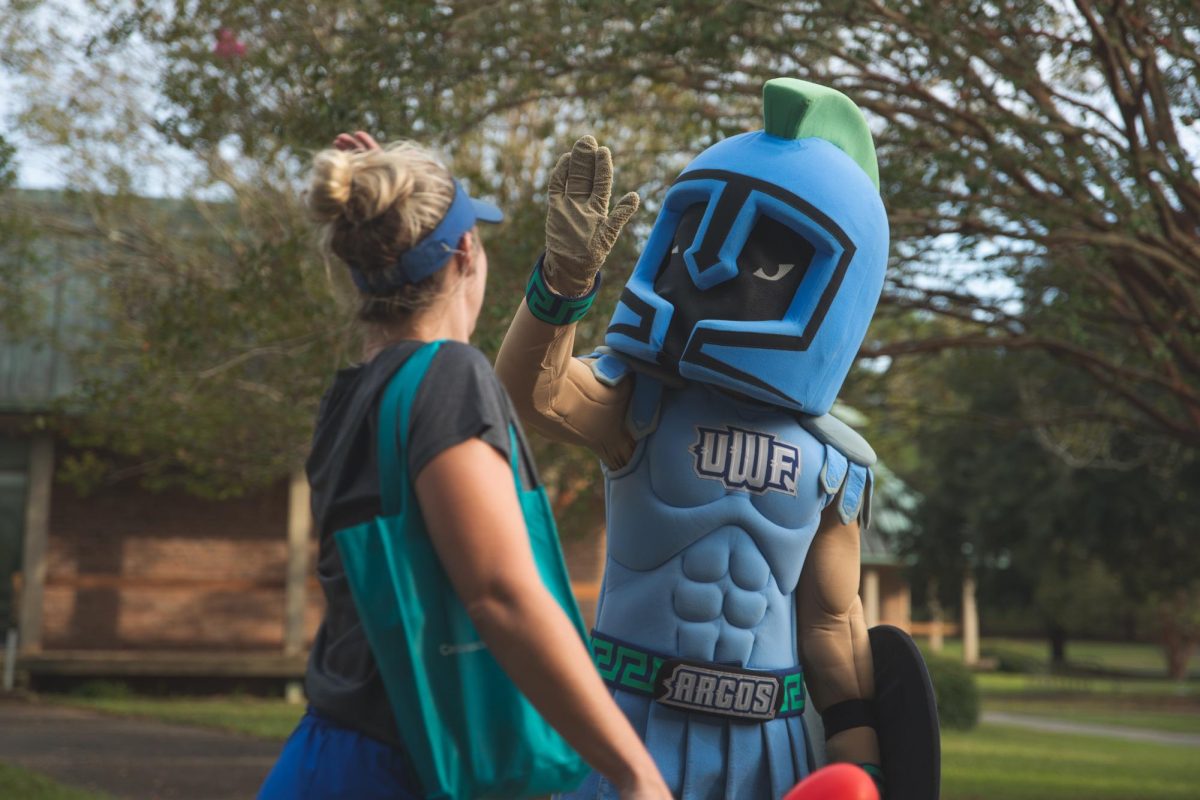
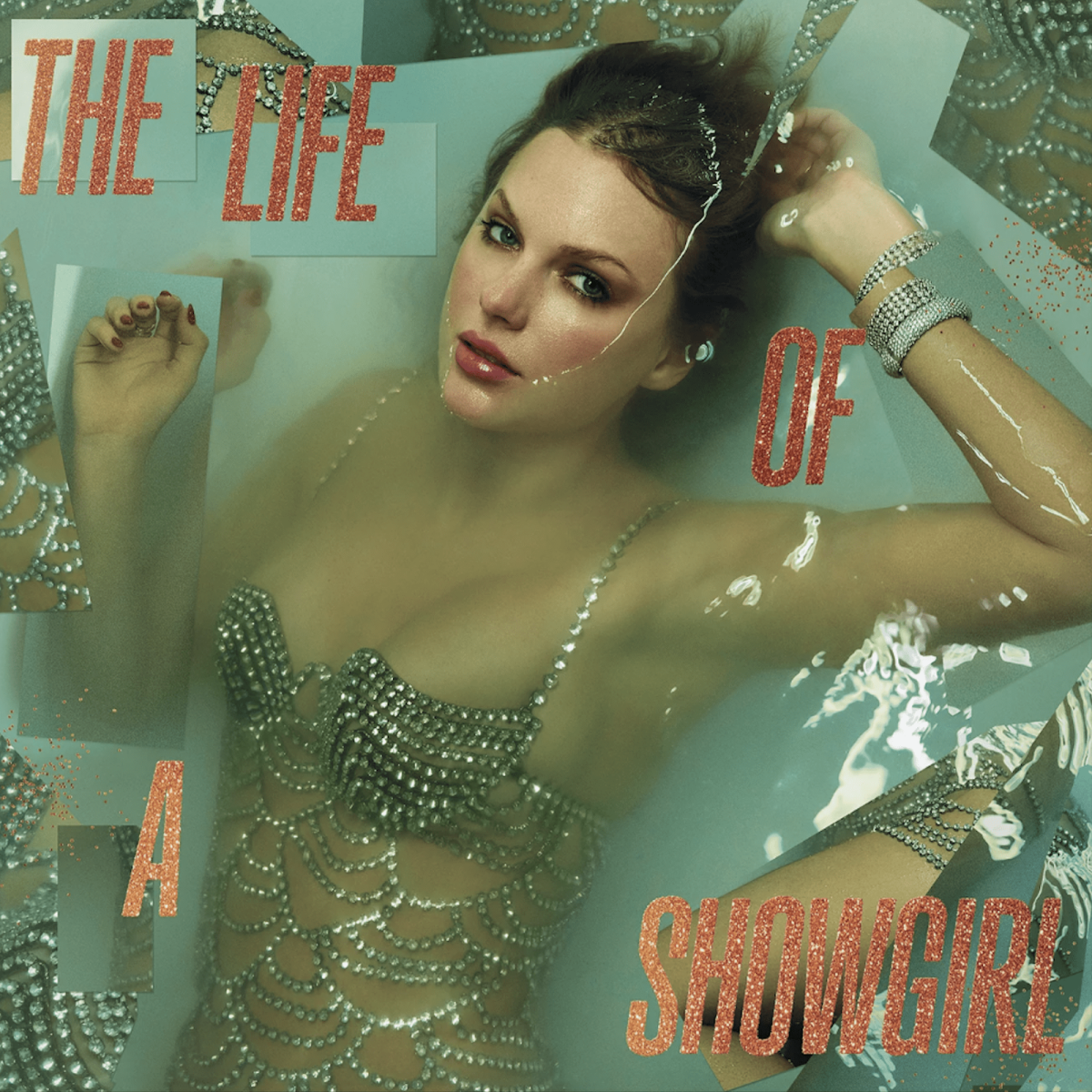

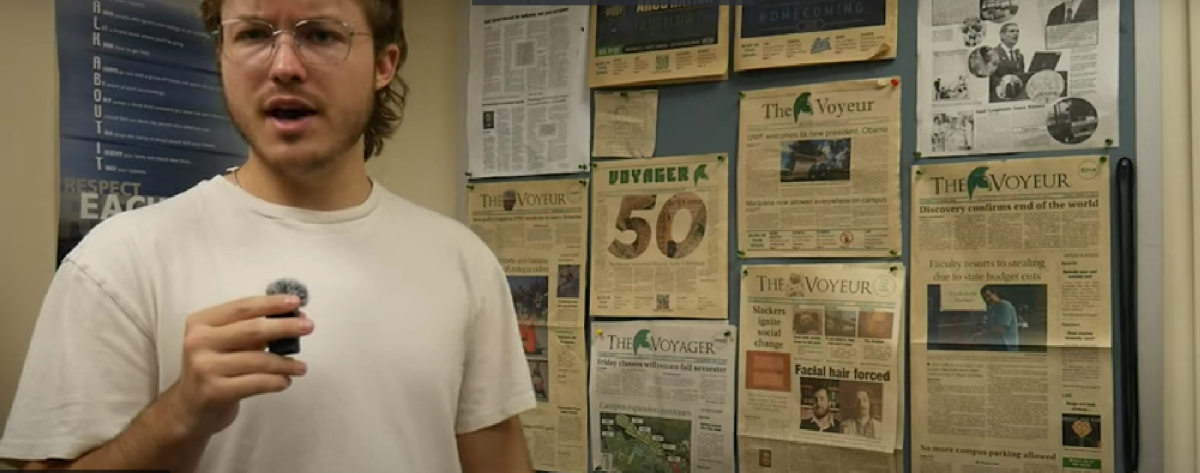




Bubba whoopass • Oct 3, 2024 at 7:41 pm
The fact the billions of dollars are being sourced to ” look like” you tube influencers and that is leaking over to music will be noted in history books your grand children will read about . If we don’t tuen into the terminator model of our future.
Daniel • Oct 1, 2024 at 8:14 am
Excellent Woody! Very well written and thought out; you have great perspectives.
Jeri Garris • Oct 1, 2024 at 7:16 am
Wow, you really highlighted a topic I never thought about. Being old school I only know of artists promoted by labels and had no idea that independents had a path to notoriety, let alone financial gain via internet platforms. Very interesting opinion piece!